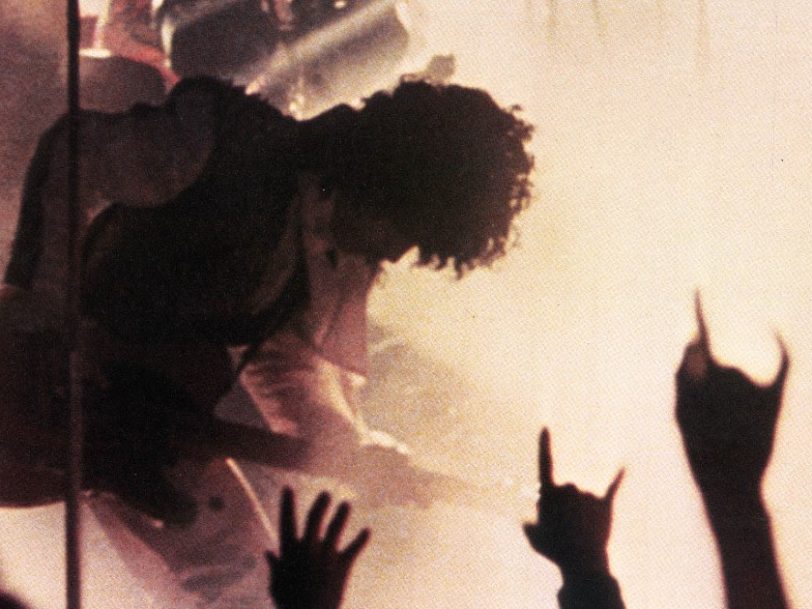If Prince has one single signature song, then it is Purple Rain. An integral part of the film it lent its name to, Purple Rain not only defined everything about Prince – from his musicianship to his life-long quest to reach a higher plane through music – it ensured his place among the best 80s musicians while standing as a timeless song that speaks to all generations and all types of music fan. As Prince’s former guitarist Dez Dickerson put it, “It’s one of those songs that you remember where you were the first time you heard it… And it was a real step forward for him in terms of his evolution as a commercial artist, but yet a distinct artist. You know it’s him, but at the same time it’s a classic song. You’ll hear it twenty years from now and it will still be classic.”
And yet, things could have turned out very differently. Far from the all-conquering power ballad it became, Purple Rain was initially demoed as a country tune, and Prince almost passed on it entirely when he attempted to give it away to someone else…
Listen to the best of Prince here.
“I wouldn’t know where to start. It’s a movie, it’s epic”
Speaking to Mojo in 2013, Fleetwood Mac icon Stevie Nicks revealed that she still owned the nearly instrumental ten-minute demo of Purple Rain that Prince sent her, and admitted that she’d found the whole thing too much to contemplate working on. Declining his invitation to add lyrics to the song, she told him, “Prince, I’ve listened to this a hundred times but I wouldn’t know where to start. It’s a movie, it’s epic.”
Nicks’ words would prove prophetic, but when Prince first introduced the song to his band, it was, he said, simply something “mellow” to work on at the end of a long rehearsal session. Still carrying vestiges of the heartland-rock tune he originally imagined it would be, this formative version of Purple Rain belied its history as an unlikely challenger to the blue-collar anthems that made Bob Seger a mainstream draw across the US.
- ‘Purple Rain’ At 40: A Track-By-Track Guide To Prince’s Breakthrough Album
- Best Prince Albums: The Studio Discography, Ranked And Reviewed
- When Doves Cry Facts: 10 Things You Need To Know About Prince’s Seminal Pop Masterpiece
“We were on tour and Bob Seger was shadowing us wherever we went,” Revolution keyboardist Matt “Dr” Fink recalled in Duane Tudahl’s exhaustive sessionography Prince And The Purple Rain Era Studio Sessions 1983 And 1984. When Prince told his bandmate he didn’t understand Seger’s appeal, Fink replied that “it was like country-rock. It was white music… You should write a ballad like Bob Seger writes, you’ll cross right over. And he did!”




